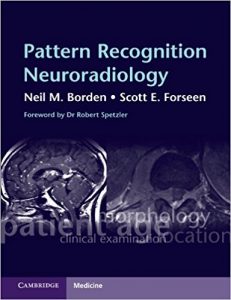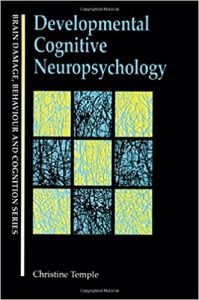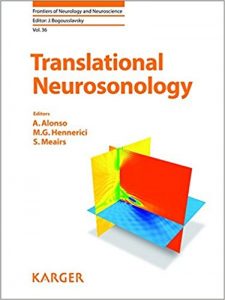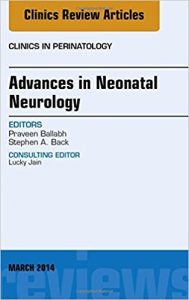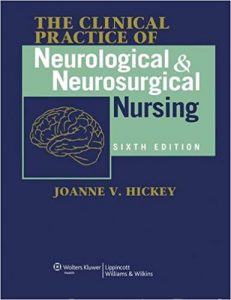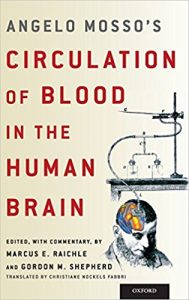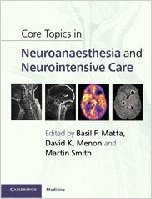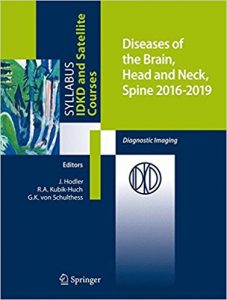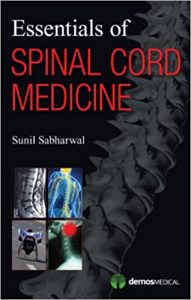
[amazon template=iframe image2&asin=1936287382]
“From the first to the last page, this book is so full of information that as a person working in the world of spinal cord injury, I found myself in an unfamiliar situation. Never had I read a book related to my profession that I didn√åt have trouble putting down. I√åm not saying that such books are boring by any means however, they are not the captivating fictional reads that keep people up late on work nights thinking ‘just one more chapter.’ Essentials of Spinal Cord Medicine was that type of book for me!… Overall, I thought this book was nothing short of fantastic… it was so full of information that makes me feel more confident as a technologist, and more compassionate as a human. I would highly recommend this for any practitioner working in the field where they may encounter a person with spinal cord injury.” — Donna Jacobs, R. EEG T., CNIM, The Neurodiagnostic Journal
This compact text is a practical, concise guide for clinicians involved in the care of patients with spinal cord injuries and disorders. It covers a comprehensive and diverse list of topics encompassing the principles and practice of spinal cord injury care, including basic science fundamentals, traumatic spinal cord injury, non-traumatic myelopathies, physical function and rehabilitation, medical consequences and complications of spinal cord injury, psychosocial and quality of life issues, and systems-based practice.
Chapters are consistently formatted for ease of use and are organized under the broad headings of general principles, clinical considerations, and knowledge gaps and emerging concepts, and conclude with a curated list of suggested readings. Within these categories, specifics on underlying pathophysiology and etiology, assessment (examination, testing, differential diagnosis, prognosis, and risk factors) and management (non-pharmacological, medications, surgical procedures, follow-up and monitoring, primary and secondary prevention, and complications), and recent clinical advances and promising research are easily accessed. The book also addresses such quality of life issues as psychological adaptation, sexuality and fertility, vocational training, driving, and exercise, and includes information about systems of care and patient safety as well as ethical considerations. The guide is peppered with useful tables that highlight and reinforce key material. Additionally, ÏPractice PearlsÓ in selected chapters enhance the guide as a handy go-to reference for clinicians and trainees in multiple disciplines who care for people with spinal cord injuries and disorders.
Key Features:
- A concise, practical manual designed for rapid access to key information on a broad range of topics integral to the practice of spinal cord medicine
- Covers both traumatic spinal cord injury and non-traumatic disorders and their evaluation, management, medical complications, functional rehabilitation, and quality of life concerns
- Packed with useful tables to highlight and reinforce key material
- Formatted consistently with short, reader-friendly paragraphs and clarifying sub-titles
DOWNLOAD THIS BOOK FREE HERE
